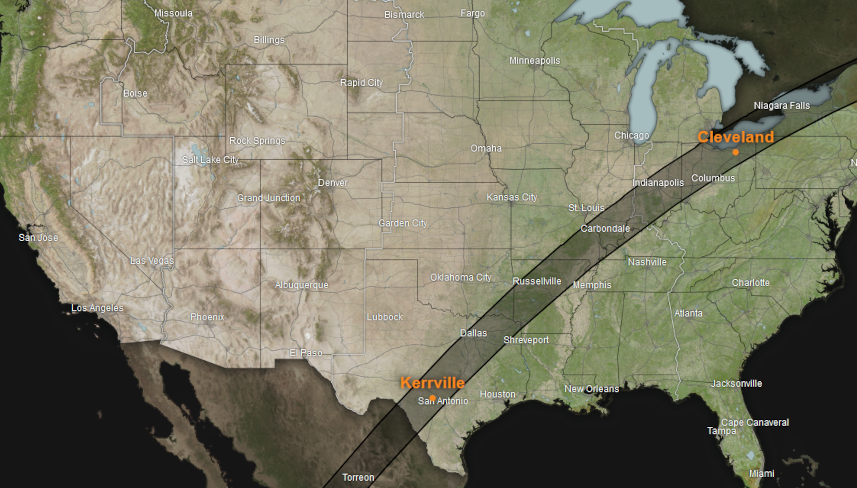Well, the Great American Eclipse gathered and held attentions for the first part of the month of April. Huge numbers of people rearranged their personal and professional lives to travel to ‘totality’ somewhere in the ‘swath of fun’.
And while we at Blog Wyrm highly doubt the claims that some utter that the event was ‘life changing’ and ‘deeply spiritual’ it is still pretty cool that our country is free enough and prosperous enough to afford those people opportunities to see one of the great shows of the natural world. And maybe, just maybe, if those people who flocked to the path of the moon’s shadow reflected on the freedom living in the US affords, just maybe, that reflection would really be life changing.
Now onto the columns.
A reoccurring theme in statistics is the notion that a previous estimate can be profitably revised as new information becomes available. This theme connects various techniques such as the running average, the Holt-Winter smoothing, and the Kalman filter. This month’s Aristotle2Digital adds another example in the recursive least squares algorithm. A kissing cousin of the Kalman filter, the recursive least squares algorithm allows for a convenient stepping stone in moving to the derivation of the Kalman gain.
One of the great curiosities of any economy is how a society arrives at the value of a good or a service. Clearly there is a complicated set of relationships distributed over everybody, who, willing or no, have some say in setting prices. CommonCents looks at one of the more curious aspects of value and price: why is gold more precious than water when one dies of thirst within several days if deprived of water but one can live forever without touching or seeing gold.
While pictures of percolation phenomenon at the critical occupation probability are always fascinating to behold, by themselves they offer very little insight into the mechanism by which all viable lengths scales seem to coexist. UndertheHood introduces one of the quantitative tools for understanding what is happening on the percolation lattice the cluster size distribution.
Enjoy!

